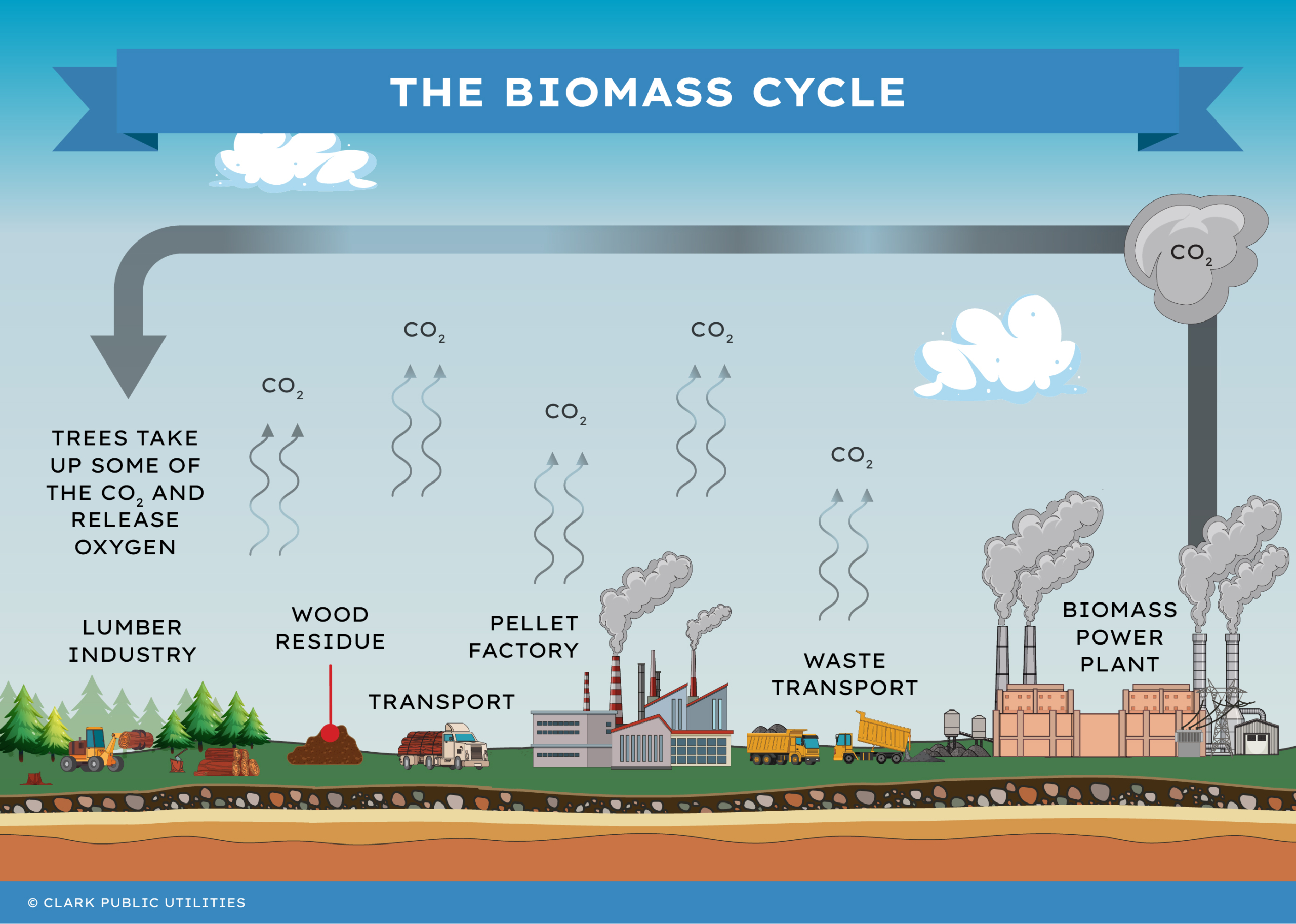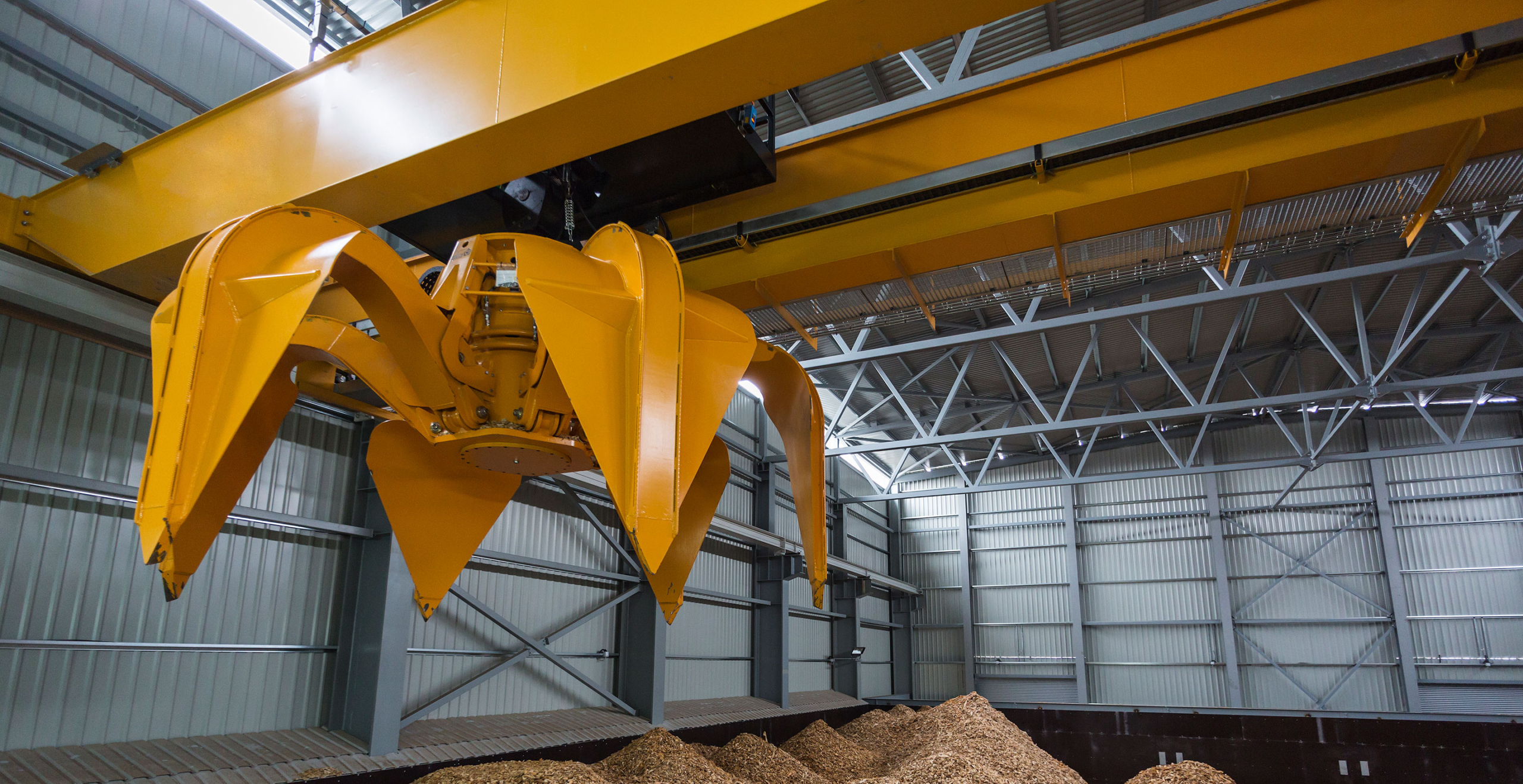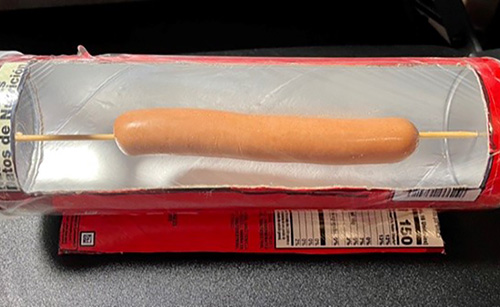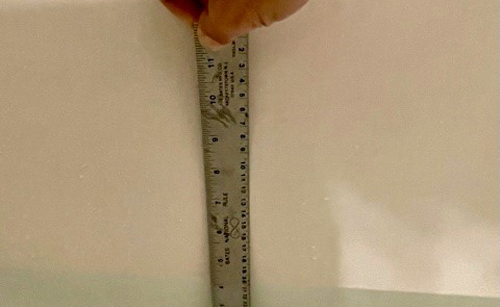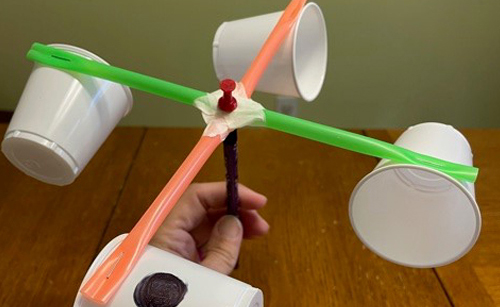Creating energy from trash, does it sound too good to be true? Learn how our trash and other byproducts can be turned into energy!
Biomass is a renewable energy source
Biomass power plants work just like many other electrical generating plants, except the fuel they use is primarily organic waste from forests, yards, and farms.
Biomass is considered a renewable energy because the items used as fuel can be grown again. This type of fuel is not considered clean energy though, because it does release pollution into the air. In Washington, a state known for growing timber, there are six biomass plants that use logging and mill residue. The closest plant to Vancouver is in Longview.
Waste-to-power plants make energy from trash
Let’s face it: humans generate a lot of garbage. Food scraps, plastics, paper, and other items that are difficult to recycle are often trucked into landfills. Eventually, these landfills will be full, and it will be challenging to find a place to put our trash. Landfills also create carbon dioxide and methane, both of which contribute to climate change.
Waste-to-power plants avoid the production of methane and produce ten times more electricity than a ton of waste just sitting in the landfill.
A waste-to-power plant takes our garbage and turns it into electricity. These plants can take 2,000 pounds of garbage and reduce it to 300 pounds of ash. That is a weight reduction of 87%!
Our closest waste-to-power plant is in Spokane. Spokane’s facility takes in 800 tons of municipal waste a day and can generate 22 megawatts of power. That is enough electricity to power 13,000 homes. They burn garbage at a temperature 2,500 degrees Fahrenheit. The city of Spokane chose to use this method of electrical generation because they needed to reduce their trash. The city sits on top of the area’s sole-source aquifer, and they did not want it polluted from a landfill. The plant began operating in 1991 and cost over $60 million to build.

Biomass was the largest source of total annual US energy consumed until the mid-1800s.
How do biomass and waste-to-power plants work?
A garbage truck dumps its waste onto a special floor that tips the trash into a waste bunker. The bunker then acts as a storage tank and allows all the different trucks’ garbage to mix. Overhead is a giant claw, called a gripper. The gripper takes trash and places it on a grate that slowly moves the waste across the furnace floor.
As the waste burns up ash, heavy debris is collected at the bottom of the furnace and moved into a basement chamber. The trash is turned over and kept in motion so that everything gets burned, while oxygen is added to the mix to increase the burn rate. As it is moving down to the basement, large electromagnets separate out metals so they can be recycled. The ash is then moved to a scrubber. The scrubber neutralizes acidic gasses by spraying them with a chemical. After that process, the ash is used as filler for asphalt, concrete, or gypsum.
Not all ash settles onto the conveyor belts. Some floats in the air, moving through the plant’s system. This ash is called fly ash and it must be captured in the part of the plant called the Bag House. The fly ash is channeled through filter bags on its way to the chimney. Bags are shaken to loosen any buildup of clinging particles, so they fall to the floor.
In addition, all plants monitor temperatures and look for toxic gasses, such as carbon dioxide, in the exhaust coming out of the chimney. The exhaust is mainly carbon dioxide and water vapor.
The heat from the furnace moves along ducting and encounters the heat exchanger. The heat exchanger produces steam for the turbine, just like other types of power plants. Finally, the turbine works with a generator to make electricity.

Did you know banana peels and some plastics burn at temperatures between 800 – 1200 degrees Celsius? That’s a lot of heat!

